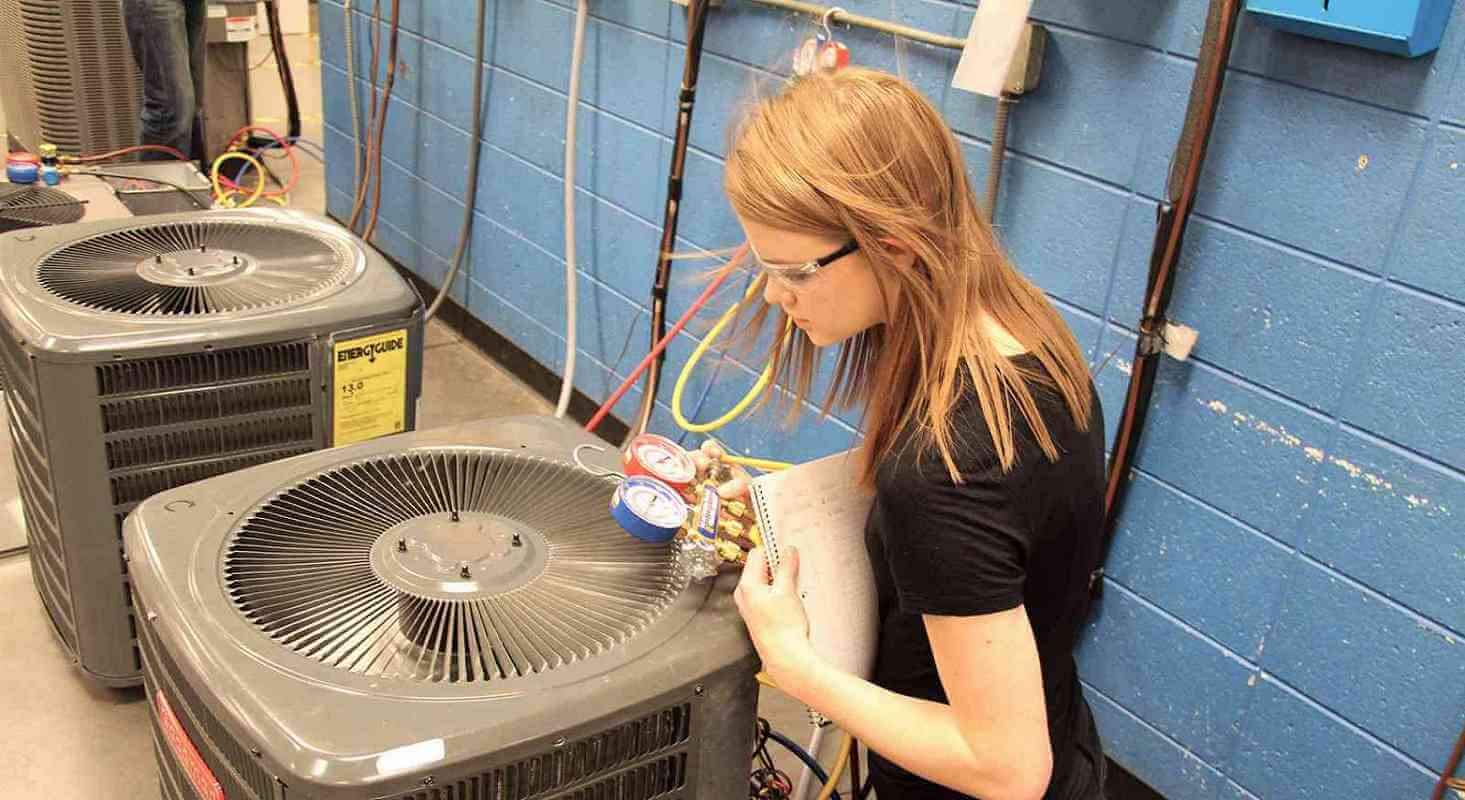When school let's out, most people look forward to all the fun summer festivities out in the bright sun. Until it gets a little too hot that is. For example, summer months can see temperatures of up to 110 degrees in Oklahoma. The sun bears down on you and you turn up the dial on your air conditioning. In turn, your energy bill skyrockets!
The equivalent amount of electricity to powering 39 million homes in a year was estimated to be used on just cooling in the United States in 2017. Space cooling alone can make up to 9% of a home's energy consumption. Plus, efficiency can lessen do to air conditioning units leaking their fluorocarbon refrigerant coolant, which is bad for the environment. Proper maintenance can increase cooling efficiency and the lifetime of your HVAC equipment.
Luckily, the U.S Department of Energy has some people working on new technologies to reduce energy use, and thereby save people money on their energy bills.
Here are 5 new air conditioning technologies that the Building Technologies Office are working on:
- Advanced Heat Exchanger: a project by Optimized Thermal Systems in Maryland, this would decrease the number of of joints by 90% in comparison to today's models and reduce refrigerant leakage. Reduced refrigerant leakage means systems stay more efficient and keep energy bills down.
- a prototype combining the water heater, dehumidifier, and air cooler: The University of Florida is working on this prototype which has the potential to create more efficient heat transfer and greater de-humidification control. This would lead to significant energy savings and greater comfort for residential buildings.
- a new membrane-based rooftop air conditioner: Dais Analytics of Florida and Oak Ridge National Laboratory (ORNL) have partnered to develop this membrane-based rooftop commercial air conditioner which would eliminate usage of conventional chemicals as a refrigerant and instead would use water. This technology has the potential to save 30%-50% in electrical consumption as compared to today's roof units. This technology would thrive in the hot and humid season.
- a new heat pump: In Connecticut, United Technologies Research Center is in the midst of researching electrocaloric solid-state technology for a heat pump that will satisfying space cooling needs without use of chemical refrigerants. The best use for this technology would in residential and small commercial buildings. It could increase efficiency by 25% and reliability thanks to fewer mechanical parts.
- an energy storage system: Oak Ridge National Laboratory of Tennessee have partnered with Georgia Tech and IntelliChoice Energy for developing this technology that would be integrated with HVAC units to lower the energy needs of A/C systems by utilizing waste-heat. This has the potential to improve the efficiency of energy storage by 70% and the performance of HVAC systems by 35%.
It looks like cooling down could get more affordable and more efficient in the very near future.
